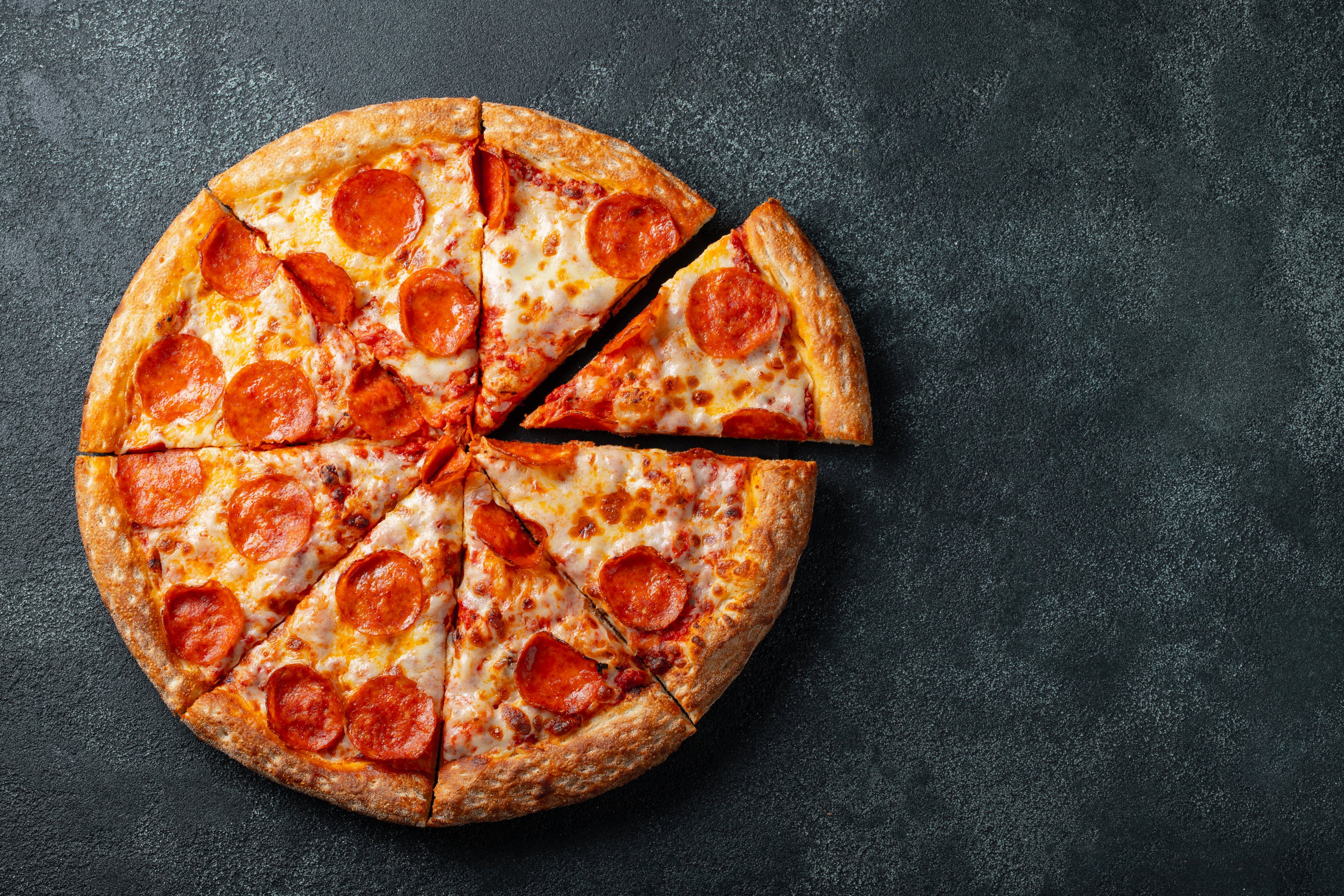The coronavirus pandemic has not been kind to the restaurant industry as chains across the country have been forced to close dining rooms, limiting themselves to takeout and delivery.
For full-service casual dining chains, the impact has been devastating, forcing many to rush to get emergency financing and pushing weaker operators to the brink of bankruptcy. However, chains like Domino's (DPZ +0.32%) have actually benefited from the pandemic as Americans have turned to pizza delivery for its comfort, convenience, and low price, and because other restaurant options are limited.

Image source: Domino's
Though the company reported sluggish comparable sales growth of 1.6% in the U.S. in the first quarter, which ended on March 22, sales began to surge shortly after as stay-at-home orders went into place. Same-store sales in the U.S. jumped 7.1% through the first four weeks of the second quarter, and soared 20.9% through the next four weeks as local economies reopened and Americans tired of cooking for themselves. International sales were more challenged due to mandated closures and operating restrictions in some countries, and sales in the segment fell 11.6% through the first eight weeks of the second quarter.
Domino's has clearly bested its restaurant peers during the crisis, and it's been one of the best-performing stocks on the market over the last decade as a turnaround plan based on reformulating recipes and investing in technology proved overwhelmingly successful. The plan, coupled with a strong expansion, drove massive earnings growth, as well as 36 straight quarters of comparable sales growth.
Given that success, investors may be wondering if Domino's can continue delivering monster returns for investors. Let's take a look at where the pizza slinger will be in five years.
Pizza from the future
Predicting Domino's future has gotten a little more difficult recently. Management pulled its two-to-three year outlook due to the uncertainty around COVID-19. However, that forecast still offers a rough guideline for what investors should expect going forward. Management had targeted global retail sales growth of 7% to 10%, U.S. same-stores sales growth of 2% to 5%, international same-store sales growth of 1% to 4%, and net unit growth of 6% to 8%.
Domino's does not disclose its global retail sales, but the figure is closely correlated with the company's revenue, as the company brings in most of its revenue from franchisee royalties and fees related to sales, and from selling food, equipment, and supplies to its franchisees. Nearly all of its locations are franchised. If revenue grows 7% to 10% over the next five years, Domino's would finish 2024 with $5.09 billion to $5.85 billion in revenue, up from $3.63 billion.
The company finished 2019 with 17,020 stores globally with nearly two-thirds of those in international markets. Based on 6% to 8% unit growth over the next five years, the company would have between 22,777 and 25,008 stores by the end of 2024. In recent years, its store growth has been weighted toward international markets, so investors should expect the vast majority of new unit growth to come from outside the U.S.
Domino's franchisee business model also generates high margins as the company reported an operating margin of 17.4% last year. Historically, earnings have grown significantly faster than revenue due to the business's success and the operating leverage in the franchisee business model. Over the last four years, revenue grew at a compound annual rate of about 13%, while net income rose by an average of around 20%. Domino's has also aggressively repurchased its stock in the last four years, which has led earnings per share to nearly triple, increasing by about 29% each year.
The company's same-stores sales growth has slowed significantly in recent years so its operating leverage is also likely to slow, and its profit growth also benefited from a lower corporate tax rate from the passage of the Tax Cuts and Jobs Act in 2017. Based on revenue growth of 7% to 10% over the next five years, we could assume an 8% to 14% profit growth rate. If management continues to reduce its share count by about 5% annually, earnings per share (EPS) would grow 13% to 20% annually over the next five years, giving it an EPS of $17.61 to $23.78, meaning EPS is likely to double during that time.
The COVID-19 effect
So far, the coronavirus pandemic has had a mixed effect on the company's performance, providing a tailwind in the U.S. but challenges internationally related to store closures. However, the longer-term impact of the pandemic could be positive for the company. Stores will reopen, but sit-down restaurants may remain undesirable for the duration of the crisis as social distancing requirements and other protocols may lead consumers to continue to spend more time at home, favoring pizza delivery from places like Domino's over other dining options.
Domino's is also at a competitive advantage to its peers. Rival restaurants will close down some of their locations or slow their growth rate, and the likely wave of bankruptcies in the retail sector will open up more brick-and-mortar real estate for expansion, which could also lower rents. Franchisees could also be eager to partner with Domino's as its business is well-suited for success in the coronavirus era.
Whether that has a meaningful impact on the company's bottom line remains to be seen, but it's much more likely to be positive than negative. Considering its momentum and competitive advantages in the current crisis, Domino's will almost certainly be in a stronger position five years from now.







